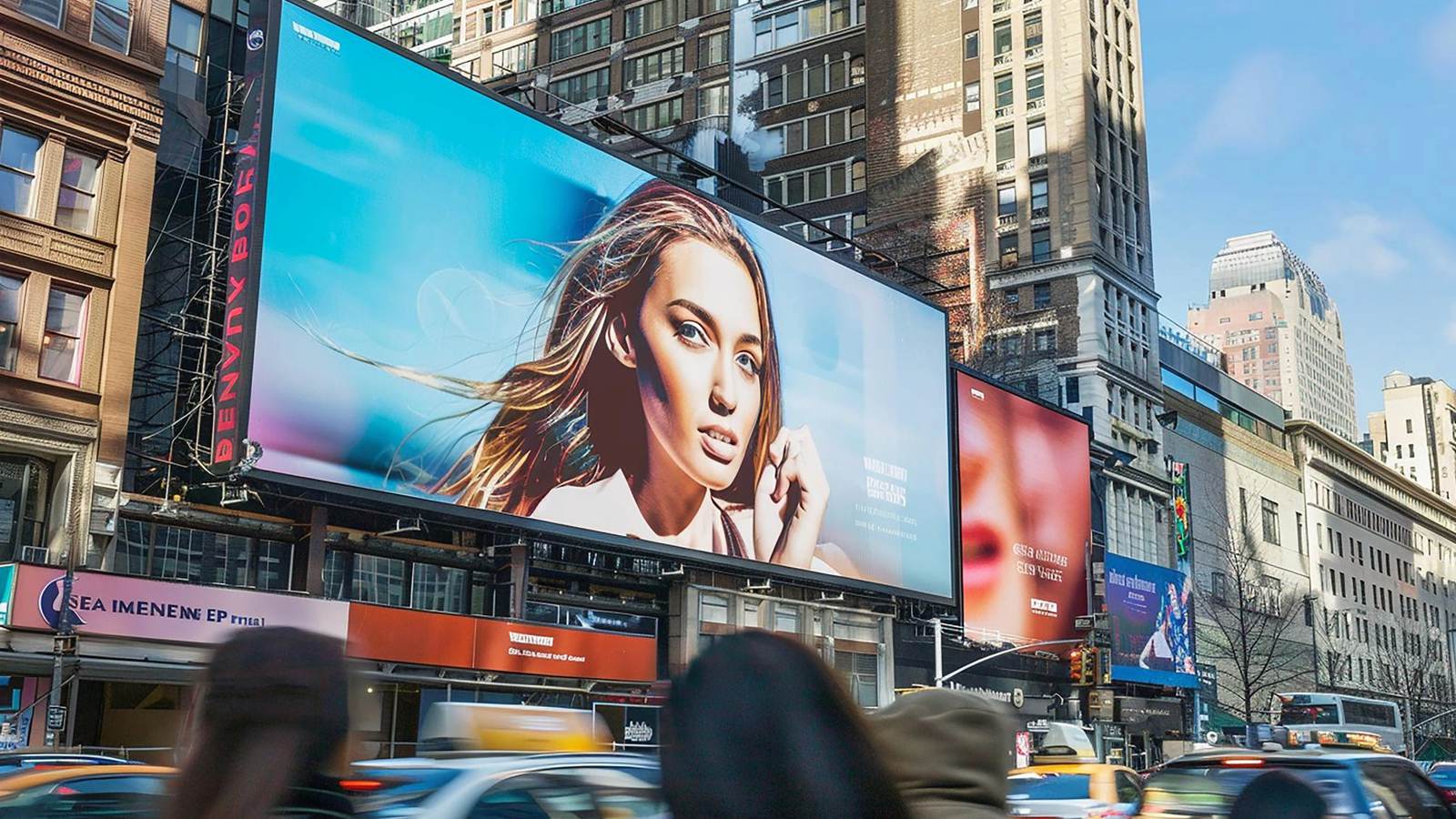What is the function of an LED advertising display video processor?
So, those colorful LED billboard video processors (you might hear people call them image converters, video controllers, or format switchers) are basically the brains behind those huge screens. Think of them as multi-tasking superheroes that can handle up to 16 different resolution display cards at once in a single machine. One unit can support crazy high resolutions like 30,720 x 1080 pixels, and if you link multiple units together? Boom – you get endless screen real estate for live dynamic displays. They let you mix-and-match display cards, tweak color gradations, and even control individual LEDs on each card.
But how do these magic boxes actually work? Let’s break down what they do during operation:

Resolution Remixing
Your video sources (like cameras or computers) usually spit out fixed resolutions, but LED walls can be any size thanks to their modular setup. These processors are like resolution translators – they make whatever signal comes in fit perfectly on your specific LED setup.Color Makeover Time
LED screens can show way more colors than most video sources provide. The processor’s job here is to “stretch” the color range so your content doesn’t look washed out on those vibrant LEDs.

Gray Scale Upgrade
While most source videos still use basic 8-bit color depth (that’s 256 shades per color), modern LED screens have leveled up to 16-bit or even 17-bit. These processors act like quality boosters – upscaling older content to match your fancy high-end screen. With 4K/8K becoming standard, 10-bit and 12-bit processing is totally becoming a thing now.Smart Scaling
Whether you’re blowing up a tiny image to wall-size or shrinking a massive file, these processors keep everything looking sharp and properly framed. No stretched faces or chopped-off text!